Popular on Food52
Continue After Advertisement
18 Comments
Smaug
July 20, 2016
If necessary, the tip of the knife (even a Santoku) will give a sufficient start to get through the skin.
Alley's R.
August 14, 2013
I never thought to shred a tomato until I saw Rachel Ray do it the other day... made a great sauce that night by shredding tomatoes straight from the garden!
acquiredlife
August 13, 2013
I have a family full of tomato skin-aphobes. They seem to hate it. The two best solutions to get rid of the skin that I've found are either boil the tomato for about 5-10 minutes or freeze it for 15-20. Either way the skin slides right off.
Tracey
August 13, 2013
Sorry i feel the need the need for seed - WHY is anyone talking about slicing or de-seeding or sharp knives or serrated - if you want to removes seeds from a ripe or any oter tomato - put a tomato in your hand, put said hand into a bag and Squeeze the tomato - seeds GONE no marks or knives etc etc You then have a seedless tomato mass that is great to cook with!!!! NO FUss
Bob Y.
August 13, 2013
I've found the best tool of all for slicing tomoatoes, an inexpensive V-slicer. No perforations, no peeling the skin, just perfectly sliced tomatoes every time. Works great for onions and potatoes too.
Moe R.
August 13, 2013
Sorry to be contrary but there are some dubious ideas here.
Perforating the tomato to make "perfect" slices sounds pretty imperfect to me -- and the photo is pretty good evidence. The slicing didn't even follow the perforations.
Peeling back the skin so the knife can penetrate? Just use a sharp knife, or a serrated bread knife. Draw the knife in a "sawing" motion, rather than pushing it and even a not-so-sharp knife will work.
And I rarely seed the tomato, as so much of the flavor is in the gel.
Perforating the tomato to make "perfect" slices sounds pretty imperfect to me -- and the photo is pretty good evidence. The slicing didn't even follow the perforations.
Peeling back the skin so the knife can penetrate? Just use a sharp knife, or a serrated bread knife. Draw the knife in a "sawing" motion, rather than pushing it and even a not-so-sharp knife will work.
And I rarely seed the tomato, as so much of the flavor is in the gel.
Sarah J.
August 13, 2013
Thank you for your feedback.
Perforating the tomato allows a knife - even a non-serrated one - to easily penetrate the tomato's tough peel. Our knife followed the perforated marks at the top of the tomato, but did slip a little towards the bottom. It still made for beautiful, even slices.
Peeling back the skin also makes it much easier for any knife to pierce the tomato. We found this tip in Cook's Illustrated and were pleasantly surprised by how well it worked.
Seeding the tomato does remove the gel, which has a lot of the tomato's flavor. This article doesn't encourage seeding, but merely provides a how-to, as many recipes for sauces do recommend this preparation.
Thanks again!
Perforating the tomato allows a knife - even a non-serrated one - to easily penetrate the tomato's tough peel. Our knife followed the perforated marks at the top of the tomato, but did slip a little towards the bottom. It still made for beautiful, even slices.
Peeling back the skin also makes it much easier for any knife to pierce the tomato. We found this tip in Cook's Illustrated and were pleasantly surprised by how well it worked.
Seeding the tomato does remove the gel, which has a lot of the tomato's flavor. This article doesn't encourage seeding, but merely provides a how-to, as many recipes for sauces do recommend this preparation.
Thanks again!
Moe R.
August 13, 2013
OK, you aroused my curiosity and I had to try. I happened to have a couple of very ripe tomatoes with a fairly tough skin and a knife that is in need of sharpening.
I perforated half a tomato and sliced. Because forks aren't very sharp, I found it somewhat difficult to perf the skin but easier once I got the hang of it. Still, it tended to squash the tomato at least as much as the knife. And it's tedious. Penetrating the skin by sawing works faster, even with a pretty dull knife. All in all, not a technique I'll be continuing.
But the peel-back technique was effective, I, too, was pleasantly surprised. Best idea is to have sharp knives, of course, but when I don't, I would use this idea.
I appreciate your coverage of the ideas, regardless. I love food52.
I perforated half a tomato and sliced. Because forks aren't very sharp, I found it somewhat difficult to perf the skin but easier once I got the hang of it. Still, it tended to squash the tomato at least as much as the knife. And it's tedious. Penetrating the skin by sawing works faster, even with a pretty dull knife. All in all, not a technique I'll be continuing.
But the peel-back technique was effective, I, too, was pleasantly surprised. Best idea is to have sharp knives, of course, but when I don't, I would use this idea.
I appreciate your coverage of the ideas, regardless. I love food52.
Carolina B.
August 16, 2013
About using the fork for the indentations... are you sure that for those "perfect slices" you are not supposed to have the fork rotated horizontally instead of vertically? that at least would give you slices with the same thickness, I suppose.
dymnyno
August 13, 2013
For slicing tomatoes nothing makes the job easier than a nice little serrated knife.
Moe R.
August 13, 2013
I agree. I use a bread knife for tomatoes often.
Ceramic knives are also great for tomatoes.
Ceramic knives are also great for tomatoes.
Kenzi W.
August 13, 2013
Couldn't agree more about a sharp knife, but as someone who is (very) slowly collecting nice, sharp knives, I can really appreciate these tips!
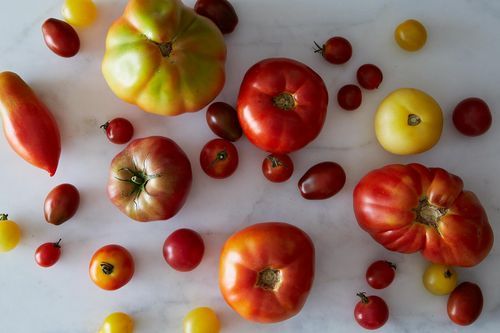
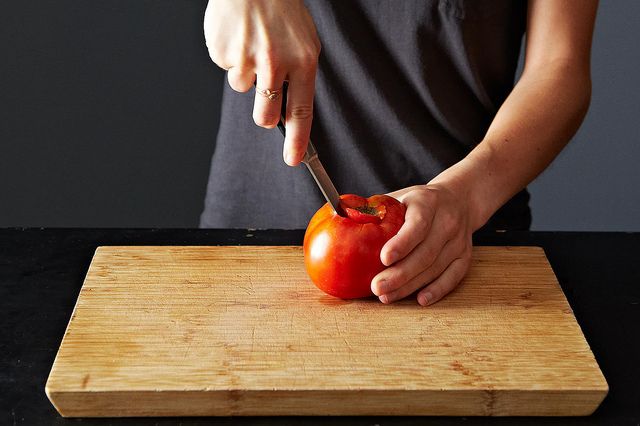
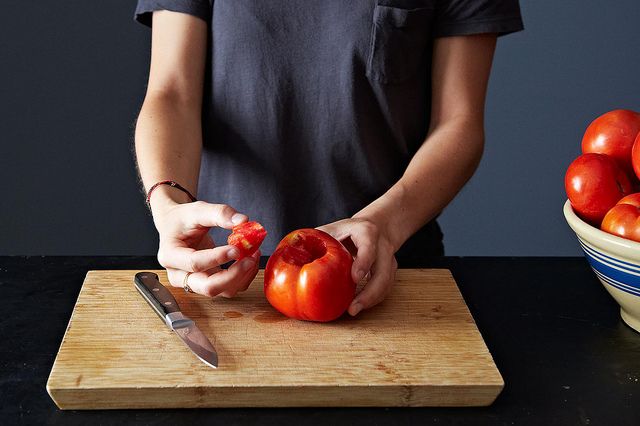
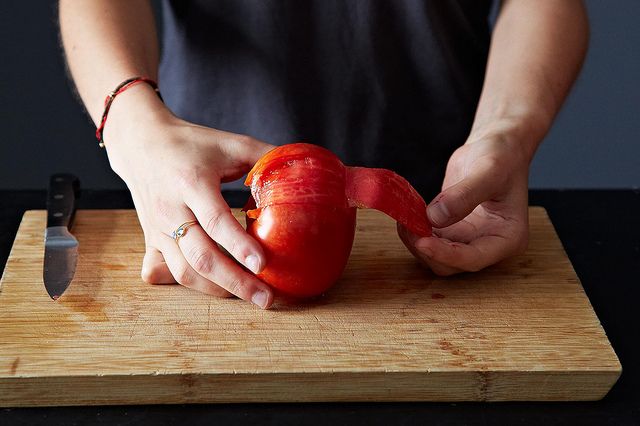
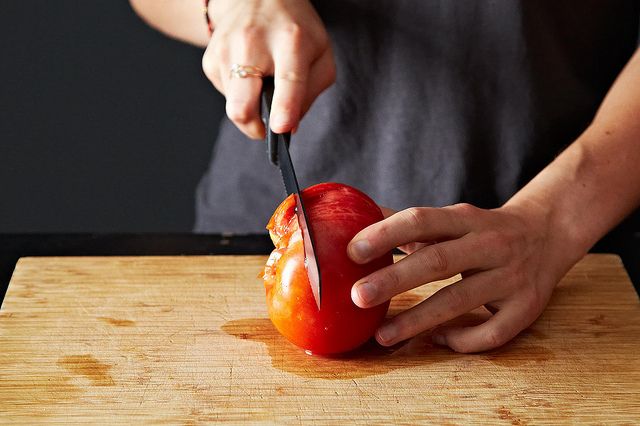

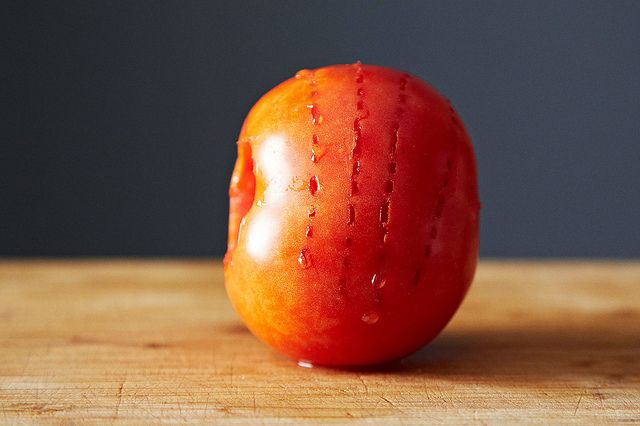
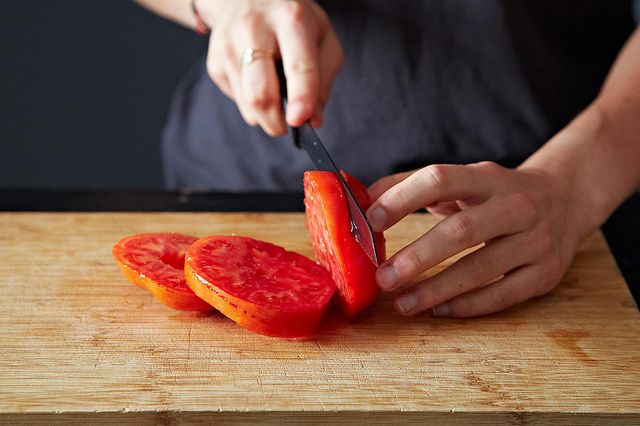
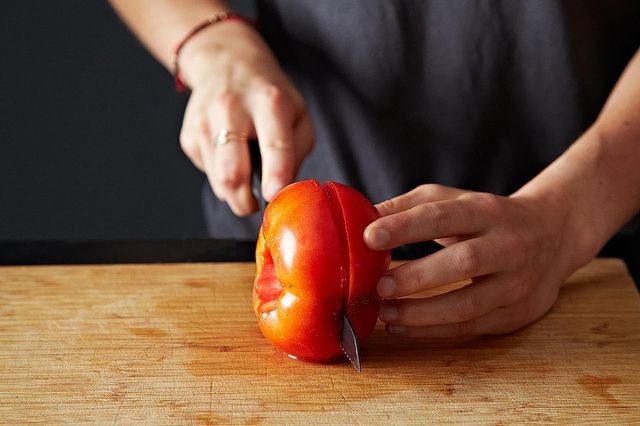
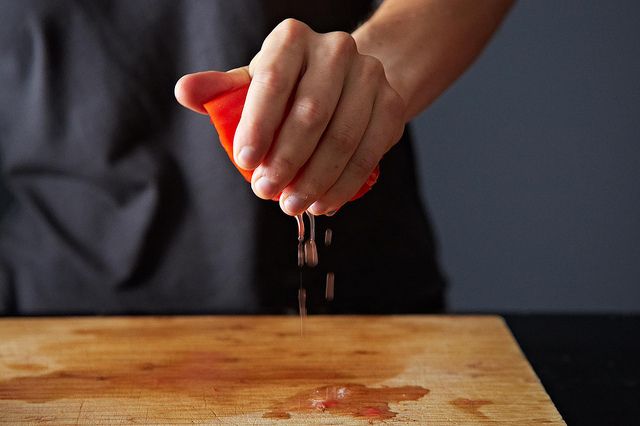

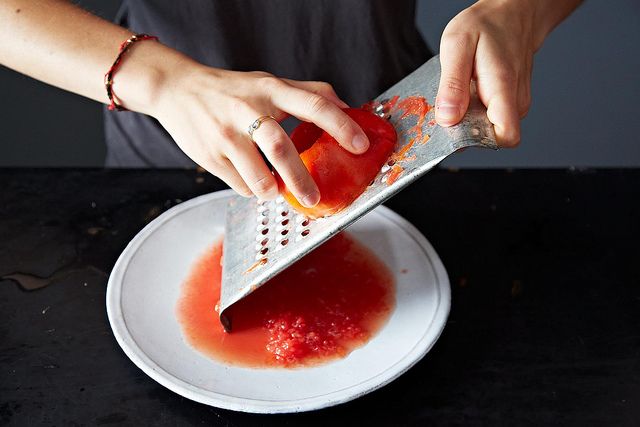


See what other Food52 readers are saying.